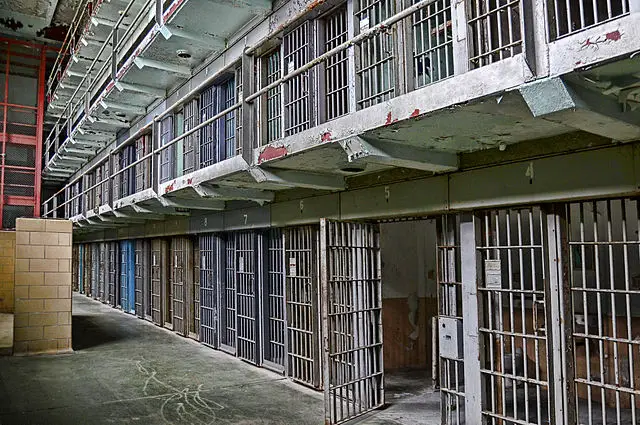Across the U.S. today, more than 1.5 million individuals reside in state and federal prisons. However, while almost two-thirds of these incarcerated adults have attained a high-school diploma or a GED, making them eligible for postsecondary education, few pursue this type of educational programming while serving out their sentences.
According to a new report by the Vera Institute of Justice and the Georgetown Center on Poverty and Inequality, restoring access to Pell Grants for individuals in state prisons could have seriously positive impacts within the realm of criminal justice reform.
Out of the 64 percent of today’s incarcerated individuals who are academically eligible to enroll in a postsecondary education program, only nine percent actually receive a certificate or an associate degree while in prison, the report found. However, according to Vera researchers, “the low postsecondary education attainment rate among incarcerated people does not appear to rise from disinterest.”
So what is the real culprit that is holding prisoners back from furthering their educations during their sentences? The answer: Money.
In 1972, the Federal Pell Grant program was established, awarding students with exceptional financial need with the financial resources to obtain a postsecondary education. Upon its creation, people in prison were eligible.
Approximately 20 years later that changed. As part of his tough-on-crime political stance, President Clinton passed the Violent Crime Control and Law Enforcement Act in 1994, stripping prisoners of their right to access Pell Grants.
Although President Obama passed the Second Chance Pell Pilot Program in 2015, restoring financial aid to 12,000 prisoners to enroll in bachelor’s, associates and certificate programs at 67 participating colleges, since 1994, most prisoners have lacked a sustainable funding source to work toward advancing their educations.
Based on the report findings, if the ban on Pell Grant access for prisoners was lifted, not only would about 463,000 incarcerated individuals become eligible to apply, but multiple other economic incentives would take place as well.
Because postsecondary education in prison increases employment rates for formerly incarcerated people, making these educational opportunities more accessible will likely reduce recidivism rates and lower overall state spending on reincarceration.
Furthermore, in the improbable event that every eligible prisoner received a Pell Grant in a single year, the report notes that total costs for the Pell Grant program, which distributed $26.9 billion in awards during 2016-2017, would only rise by less than 10 percent.
More specifically, researchers estimated that if half of all Pell-eligible prisoners took advantage of these grants, a more realistic scenario to comprehend, states across the nation could save a combined $365.8 million per year on incarceration costs.
So far, various members of Congress have wrestled with the idea of reinstating prisoners’ access to federal Pell Grants. In 2018, Education Secretary Betsy DeVos said letting prisoners use these grants would be “a very good and interesting possibility.”
In February 2018, Sen. Lamar Alexander (R-TN), the chairman of the Health, Education, Labor and Pensions Committee said the committee would consider making prisoners eligible for these funds again. That same month, Sen. Brian Schatz (D-HI) even introduced legislation that would have accomplished just that. Despite these attempts, the idea has failed to attract the necessary bipartisan support to become a reality.
As the 2020 presidential election nears, U.S. citizens can anticipate that both criminal justice reform and higher education reform will be hot topics among presidential candidates. According to Vera researchers, lifting the ban should be part of those conversations.
“Despite the significant benefits that individuals, businesses, and states stand to gain from restoring incarcerated students’ access to Pell Grants, federal education funding policy has not undergone meaningful changes since the Second Chance Pell pilot program,” researchers wrote. “The time is ripe for such a change.”



